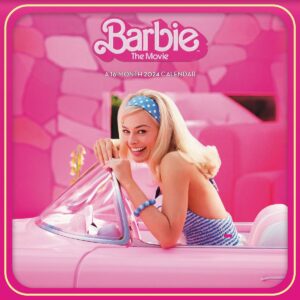 Pink is having its day right now because of the new Barbie film. But, Barbie aside, the popularity of the color has been growing steadily throughout the last 10 to 12 years. It started primarily with the “gender blur”, a movement that encouraged men to wear more pink. Women were never told not to wear blue, of course, so that was never an issue.
Pink is having its day right now because of the new Barbie film. But, Barbie aside, the popularity of the color has been growing steadily throughout the last 10 to 12 years. It started primarily with the “gender blur”, a movement that encouraged men to wear more pink. Women were never told not to wear blue, of course, so that was never an issue.
In fact, as early as 2011, at the Pantone Color Institute we chose Honeysuckle, a dynamic reddish-pink – much like Barbie pink – as the Pantone color of the year. We described it as evoking vibrancy and vigor, encouraging and uplifting. It was a shade to elevate the psyche, instilling the confidence, courage, and spirit to meet the often exhausting challenges of modern life.
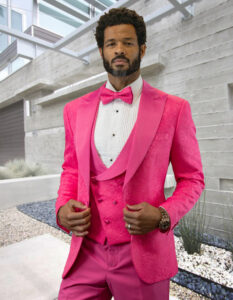 Then came millennial pink, as a younger generation of men did, in fact, adopt the color family. Less mired in traditional stereotyped concepts, many men were embracing diverse areas of their lives by tapping into their “feminine side” and participating in cooking, baking, housekeeping, and parenting, opening the door to more creative alternative color choices.
Then came millennial pink, as a younger generation of men did, in fact, adopt the color family. Less mired in traditional stereotyped concepts, many men were embracing diverse areas of their lives by tapping into their “feminine side” and participating in cooking, baking, housekeeping, and parenting, opening the door to more creative alternative color choices.
Trends in color reflect what is happening within a society, of course, and nowhere is this better seen than the impact of the pink “pussy hats” that were worn as a symbol of protest against misogyny. The impact was quite meaningful, as evidenced by the huge numbers of women present in the Women’s March on Washington in 2017.
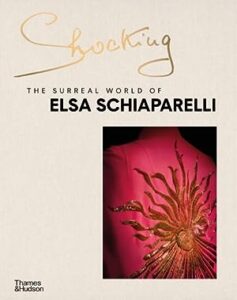 From an artistic standpoint, the more recent revival of the surrealist art movement celebrated fashion designer Elsa Schaparelli’s use of vibrant hot pink through a collection shown at the Musee des Arts Décoratifs, 2022/23 in Paris. When the front page of the catalog was Shocking Pink, the color that Schiaparelli claimed to have invented.
From an artistic standpoint, the more recent revival of the surrealist art movement celebrated fashion designer Elsa Schaparelli’s use of vibrant hot pink through a collection shown at the Musee des Arts Décoratifs, 2022/23 in Paris. When the front page of the catalog was Shocking Pink, the color that Schiaparelli claimed to have invented.
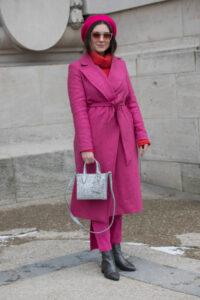 Indeed, hot pinks have been steadily shown in many designer collections throughout the last decade, very notably in the Valentino hue called “PP Pink”.
Indeed, hot pinks have been steadily shown in many designer collections throughout the last decade, very notably in the Valentino hue called “PP Pink”.
Let’s not forget, though, that although pink feels like a modern shade, according to a 2018 study in the National Geographic, bright-pink pigment was found in 1.1 billion -year-old rocks. Early humans quickly transitioned from admiring pink in the natural world to clothing themselves in it. Even as long as about 9,000 years ago, Peruvian hunters wore leather clothing in a pink hue derived from red ochre, an iron oxide pigment that is one of the oldest pigments used by man. The ancient Egyptians used the pink shade to tint their lips and cheeks. From that point forward, the ochre pigment created a blush-like pink that has long been associated with love, sexuality, and beauty.
The bright pinks of today are exultant and enthusiastic. They are bold statements that help us to feel uninhibited and free—and still imbued with the same psychological components as our ancient kin.

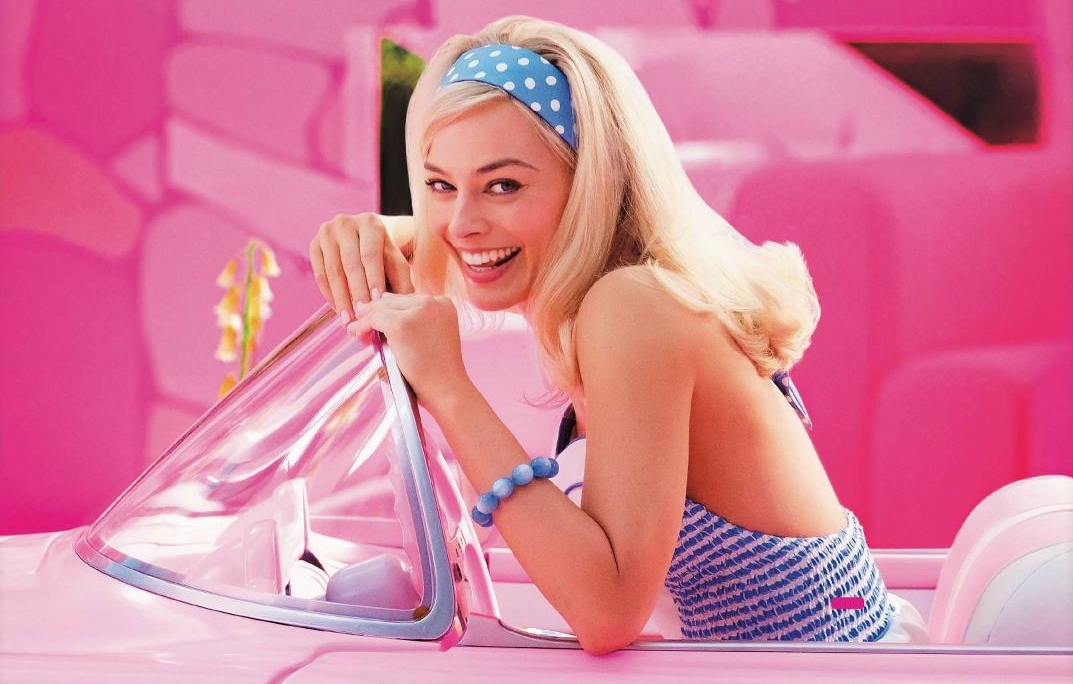
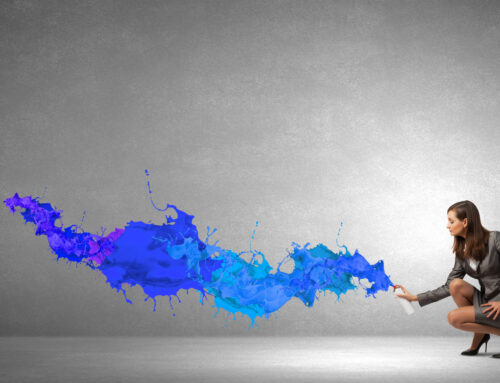
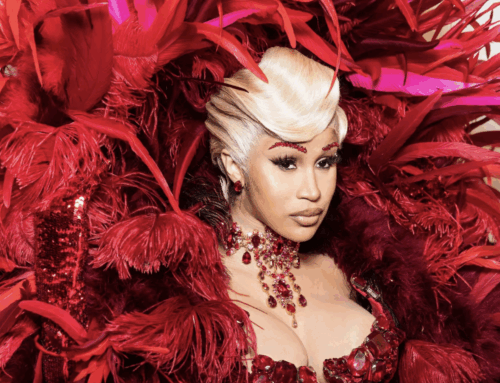
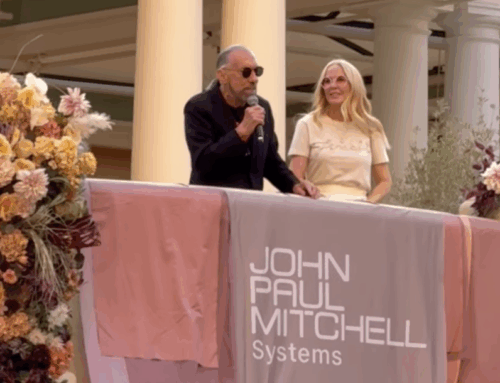
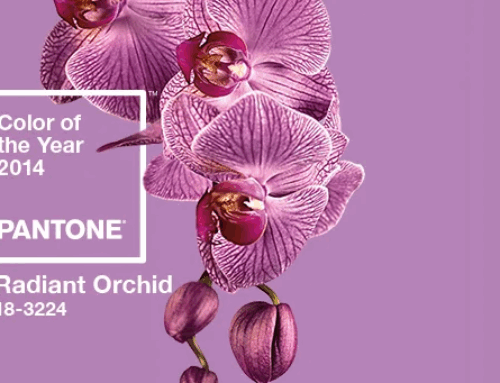
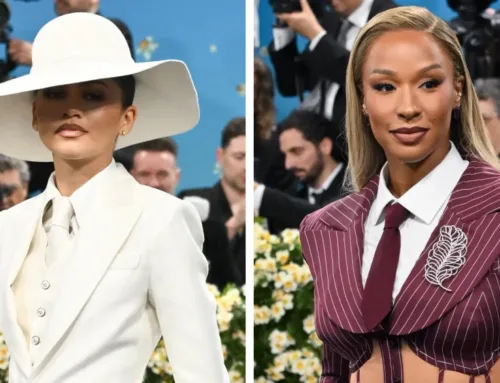
Leave A Comment